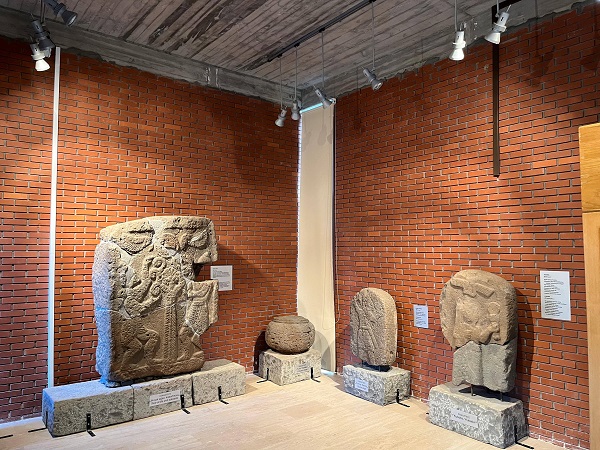The ancient bilingual inscriptions of the Karatepe-Aslantaş Open-Air Museum in Türkiye’s southern Osmaniye province have been recently listed in UNESCO’s Memory of the World Register. The 2,800-year-old inscriptions from ancient Cilicia, featuring Anatolian hieroglyphs and Phoenician languages, are located in the Karatepe Aslantaş Open Air Museum, Türkiye’s first open-air museum, which is already listed on UNESCO’s Tentative List of World Heritage Sites. The inclusion of inscriptions on the UNESCO register showcases Türkiye’s preservation efforts for the sustainability of its rich cultural heritage.
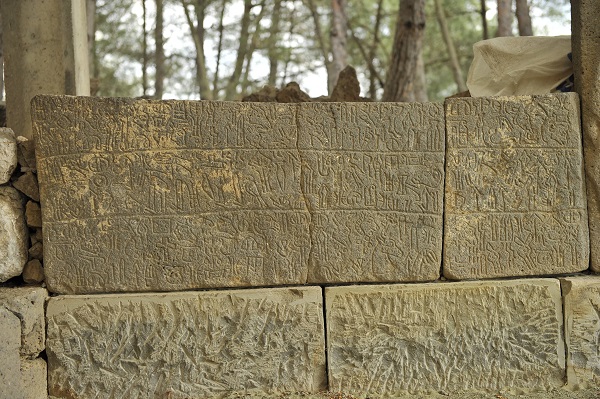
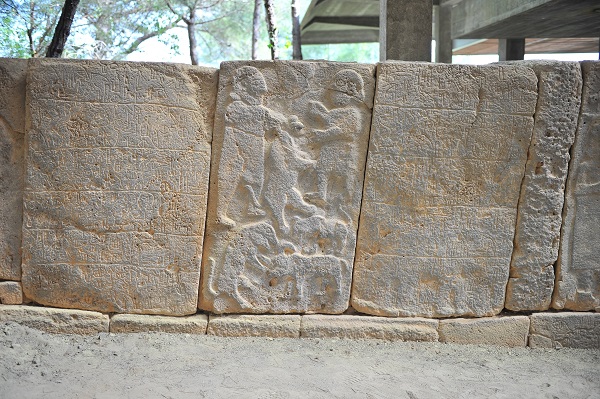
UNESCO Memory of the World Register describes the Karatepe-Aslantaş inscriptions as “a pioneering example of res gestae, showcasing the achievements of a ruler.” The statement adds: “The linguistic significance of these inscriptions is unparalleled, as they contain one of the earliest known long texts in Semitic Phoenicia and the local Luwian language, both contributing to the development of modern alphabets,” also praising “the emotional connection between the local population and the Karatepe site.”
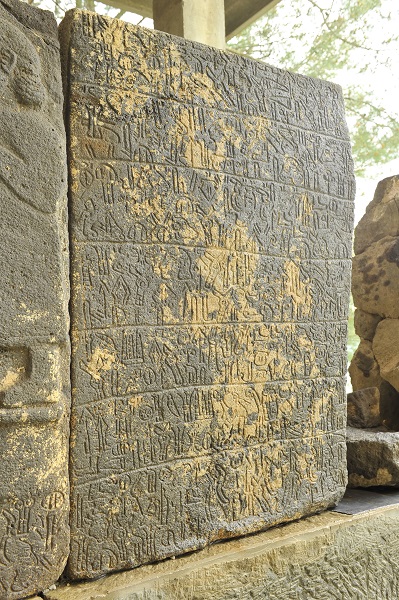
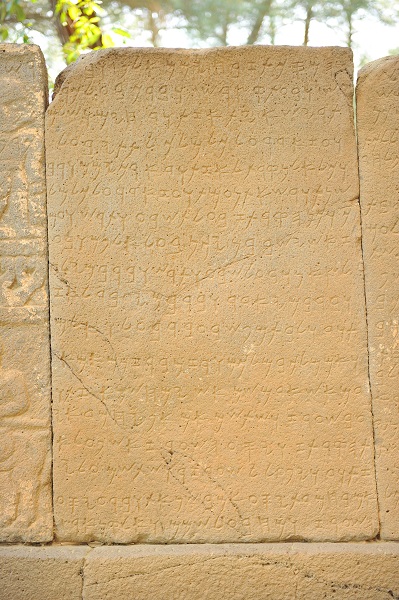
Neo-Hittite Legacy: Milestone in Decoding Luwian Hieroglyphs
The Karatepe Aslantaş Open Air Museum is located within the namesake national park, approximately 24 kilometres east of the Kadirli district in Osmaniye. The site was a frontier fortress of Adanawa (Ḫiyawa), a city-state that existed during the Late Hittite Period in Anatolia. It was built in the 8th century BCE by Azatiwatas, who identified himself as “the region’s sovereign”, to defend the city against attacks from the north. The fortress was likely burned and destroyed by the Assyrians around 700 BCE.
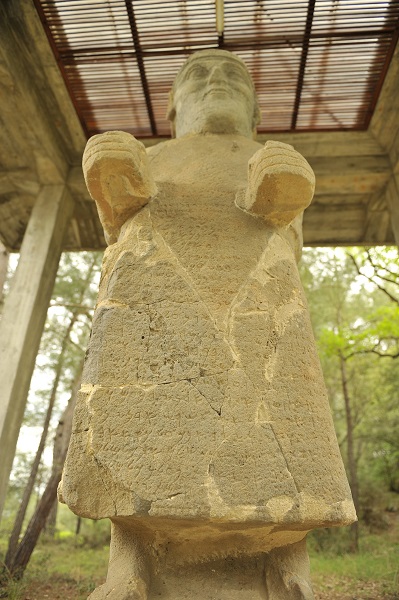
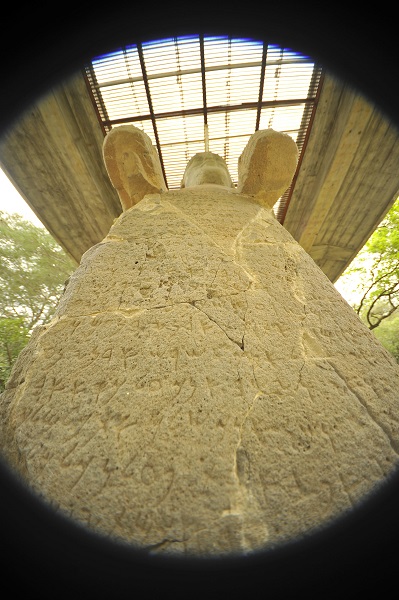
The distinguishing aspect that elevates Karatepe-Aslantaş’s prominence in the world of archaeology is its bilingual inscriptions, written in Phoenician and Luwian. These writings, on the richly decorated gates’ basalt stelai and reliefs, are the longest known bilingual texts in these languages and played a crucial role in the decipherment of Luwian hieroglyphs. While marking a milestone in the decoding of the Hittite language, the inscriptions also preserve the legacy of Neo-Hittite history, offering a unique insight into the socio-political landscape of the eastern Mediterranean during the Iron Age. For instance, they detail King Azatiwatas’ fortifications, which promoted economic and political peace while fostering an environment in which women played an active role in society.
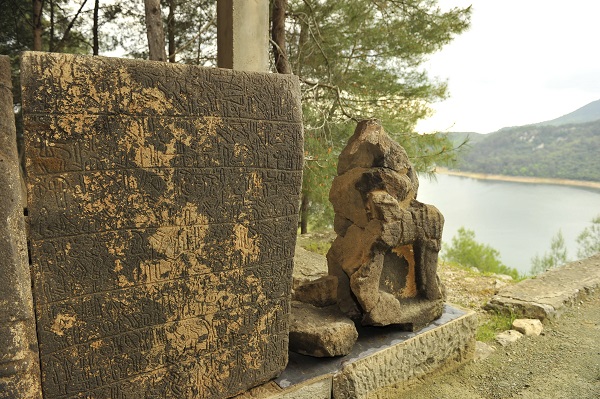
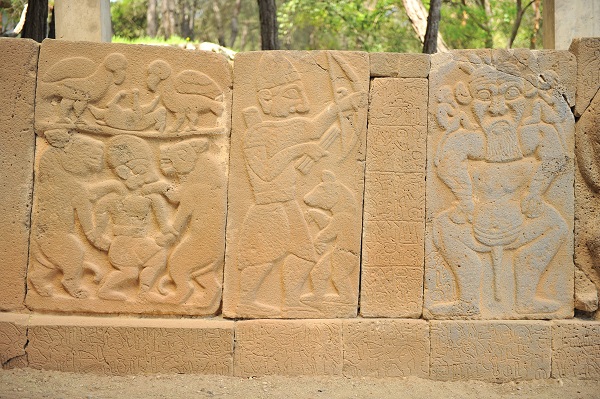
Unique Blend of Archaeology, Conservation, and Natural Beauty
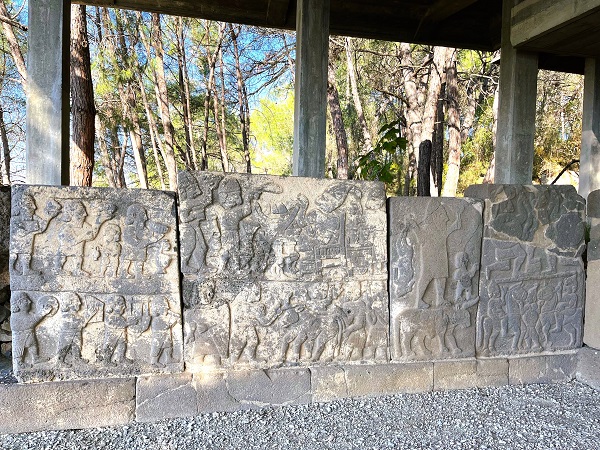
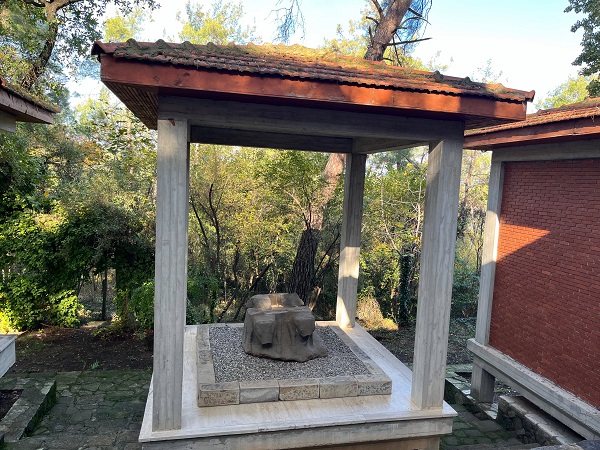
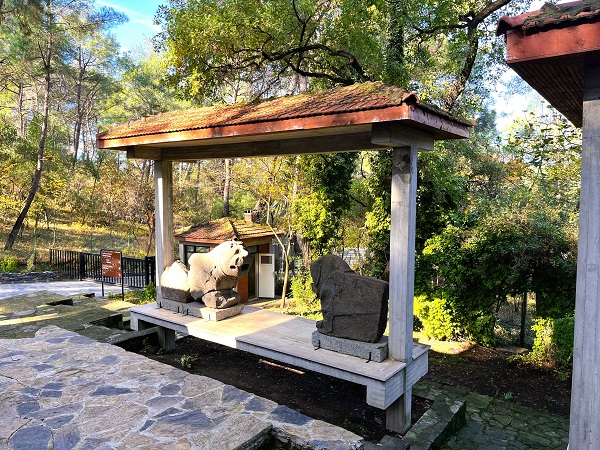
Another defining feature of Karatepe-Aslantaş is the pioneering conservation work led by renowned Turkish archaeologist Halet Çambel in the 1950s. Her efforts ensured the early preservation of sculptures and reliefs, the installation of protective structures, and the site’s designation as a historical national park, making it one of the first examples of in situ conservation and site management in Türkiye. Owing to these qualities, the “Karatepe-Aslantaş Archaeological Site” was included on the UNESCO World Heritage Tentative List in 2020.

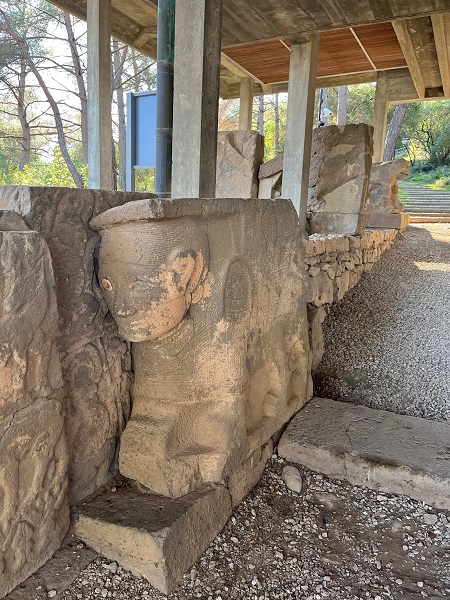
Today, the Karatepe Aslantaş Open Air Museum continues to fascinate visitors from thousands of years ago, with its monumental gates equipped with high towers, the tall statue of the Storm God on a pedestal depicting two bulls, the reliefs of lions and sphinxes carved on basalt blocks on the inner walls of the gate buildings, relief scenes displaying the beliefs and life of the period, as well as its significant inscriptions. The indoor museum, created to display the archaeological remains found at the Karatepe and Domuztepe mounds within the open-air museum, is also open to visitors. Additionally, since the Karatepe-Aslantaş Open Air Museum is located within the national park’s boundaries, visitors can enjoy not only the historical wealth but also the natural beauties, such as Aslantaş Dam, and observe the local wildlife.///nCa, 11 June 2025 (in cooperation with the Embassy of Türkiye to Turkmenistan)
